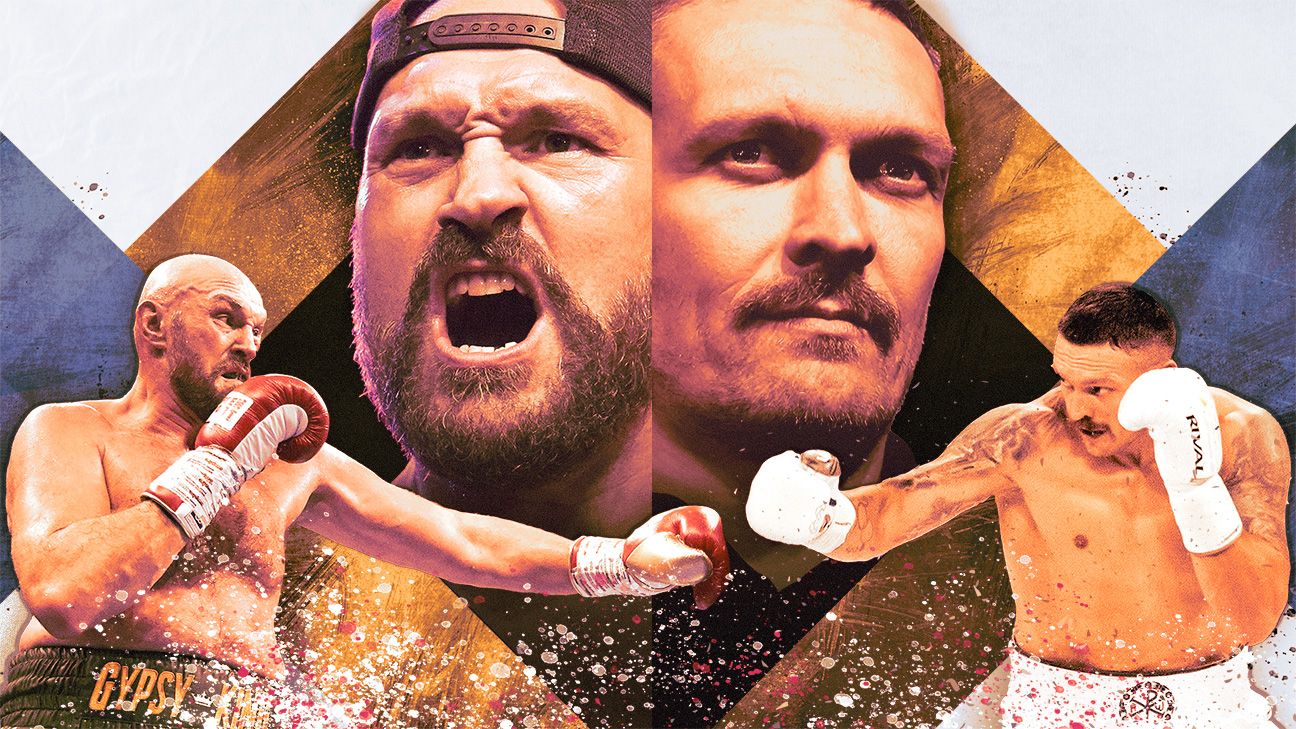But what if we had medications that cost 5,000 times less and are better at preventing heart attacks and strokes? And what if only 1 in 5 people who need these medications get them?
That’s the situation with drugs to treat high blood pressure — and it needs to change.
Hypertension, the “silent killer,” is the deadliest but most neglected and widespread pandemic of our time, killing more than 10 million people a year worldwide. More than a third of deaths from high blood pressure occur in adults younger than 70 years old and this proportion is even higher in low-income countries.
Yet less than one half of 1 percent of global health funds go to fighting hypertension.
Money matters. HIV prevention and treatment programs led by the President’s Emergency Plan for AIDS Relief have prevented 25 million deaths. Childhood vaccines prevent millions of deaths every year. Bloomberg Philanthropies supports country action projected to prevent at least 35 million deaths by the end of this decade. Hypertension could be the next big global health win. But it urgently needs focus and funding.
Hypertension can be prevented and treated. Prevention includes reducing sodium and increasing potassium intake, for example, through use of potassium-enriched low-sodium salts. Low-sodium salt is more expensive than standard table salt and might require regulatory measures, promotion and subsidies, at least at first, to ensure wide adoption. For those who need treatment, there are safe, inexpensive generic drugs that can cost just pennies a day or less.
Better hypertension control can save millions of lives each year — more than any other adult health-care intervention. Effective treatment programs use a step-by-step guide for prescribing medication, ensure drug supply, use health-care teams including nurses, and make services free and convenient. These programs also track blood pressure control rates every month; simple digital systems help health-care workers improve patient care and increase control rates.
Every health leader — and any political leader concerned about health — should focus on a single number: The proportion of all people living with hypertension who are documented to have it under control. A global goal is to treat half of all those with hypertension effectively — i.e., reducing blood pressure to 140/90 or less. (For some people, a lower target such as 130/80 is appropriate.)
Today, that number is at most 1 in 5. In the United States, it’s less than half. Only four countries — Canada, Costa Rica, Iceland and South Korea — provide effective treatment to even half of those who need it.
Improving global hypertension control to 50 percent of all who have the condition would prevent 2 million deaths each year and 200 million strokes and heart attacks over the next 25 years. Doing so would also save billions of dollars in averted hospitalizations, disability and lost productivity.
Governments, multilateral agencies and private donors must mobilize progress. The U.S. Food and Drug Administration needs to set, monitor and enforce targets to reduce sodium in packaged food. Exhorting providers and patients to improve hypertension treatment has been tried and failed. I know — I proposed and led implementation of that approach as director of the Centers for Disease Control and Prevention. Instead, the Department of Health and Human Services’s Centers for Medicare and Medicaid Services should establish powerful financial incentives to health-care systems for blood pressure control and disincentives when failure leads to avoidable heart attacks, strokes and kidney disease.
Globally, most lower-income countries still don’t routinely treat hypertension, but progress is possible. Nearly 20 million people across 32 lower-income countries are now enrolled in effective hypertension treatment programs, which have more than doubled blood pressure control rates.
National governments will need to provide most of the funding. Medications can cost less than $5 per year, but only countries that provide free medications conveniently to all patients are likely to achieve the lifelong adherence needed. Countries also need to strengthen primary health care — the most effective place for diagnosis and treatment.
The World Bank can lend funds to improve primary health care with a focus on specific outcomes including blood pressure control. The Global Fund to Fight AIDS, Tuberculosis and Malaria could facilitate procurement of low-cost, high-quality blood pressure medications and monitors. Donor funding will be essential to fill gaps and catalyze progress.
Improving hypertension diagnosis, treatment and monitoring strengthens primary health care, which will improve care of diabetes, lung disease and many other conditions. Doing so will also increase population resilience so we can better withstand health threats of all types, including the next pandemic.
Breakthrough drugs such as Wegovy are exciting, but the biggest health breakthrough of 2024 would be getting 100 million more people treated effectively for hypertension, the world’s leading killer.

Rachel Carter is a health and wellness expert dedicated to helping readers lead healthier lives. With a background in nutrition, she offers evidence-based advice on fitness, nutrition, and mental well-being.







